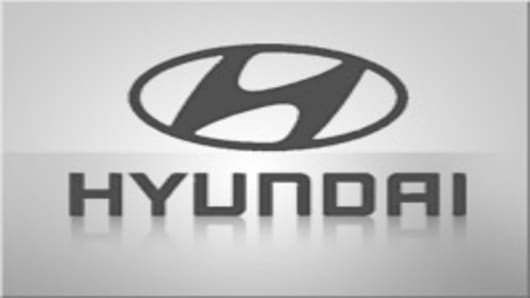But a boom time doesn’t change the fundamentals.
A brand is a promise. And while every brand promises something a little different, at its essence is a pact with consumers.
What we are witnessing now in the world of branding and marketing is a correction, running parallel to the economic one.
It is a correction of the misperception that brands can get by on empty promises, and bling so brightly as to blind people to reality.
What matters now is value and values. But honestly, it has always mattered. It was just easier to bling. But hard times are not about what is easier. They are about what is real, and finding out what is real takes asking some hard questions about your brand. So ask yourself, what does my brand promise, and is that promise authentic? Is it based in substance, and does it connect with what consumers need? Because right now, it is all about needs.
Compare Wal-Mart and Target .
Target lives in a land of wants, while Wal-Mart’s branding has always, aggressively focused on value and values. When the recession hit, what branding best resonated with consumers? Wal-Mart. Consumers are cutting back, but they are still spending. The difference is that their spending now affirms their recognition of reality, not their escape from it. Smart brands will start recognizing reality too.
More than ever, brands have to proactively demonstrate that the values that resonate with consumers are shared by the brand. And not only shared—confirmed and empowered. But be careful. Any branding efforts that come across as reactive or pandering are going to look like gimmicks—and gimmicks are even worse than empty promises. An empty promise just makes you look out of step; a gimmick makes you look sneaky. If your brand’s efforts at relevance come across as a ploy, you have lost.
Let’s end with a shining example of how to do it right. Here’s to Hyundai. Way back in January 2009—approximately 100 years ago—the Korean car company recognized the profound and escalating fear of job instability, and its potential to erode sales dramatically. So they made a radical, almost shocking, promise: If you lost your job within a year of buying a Hyundai, they would buy the car back.
It was right there on the Hyundai Web site: “If you find that you cannot make your payment because of a covered life changing event, we'll allow you to return your vehicle and walk away from your loan obligation—and in most cases we will cover most, if not all of the difference."



